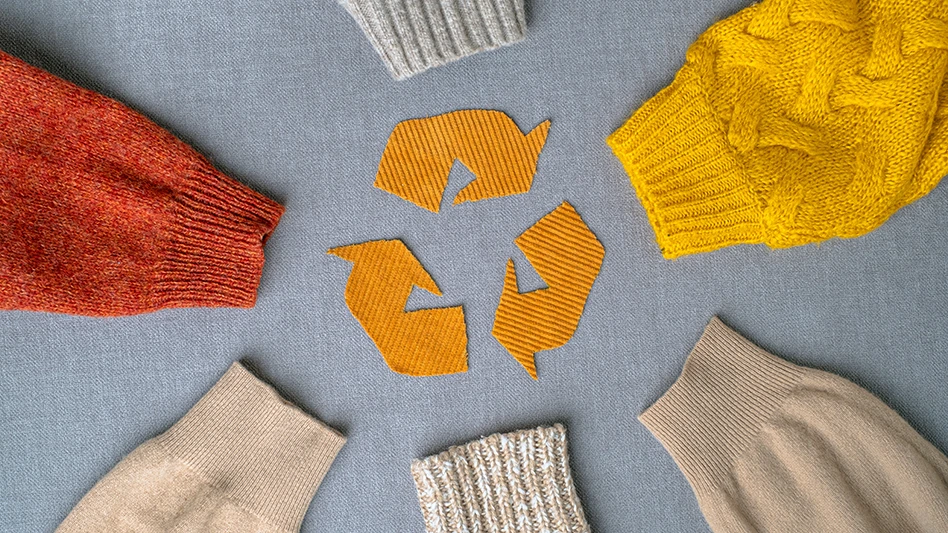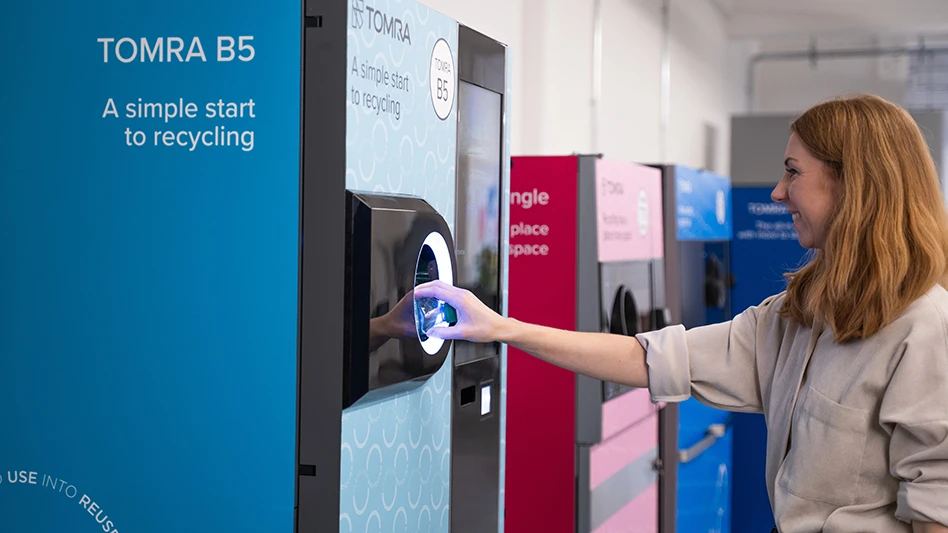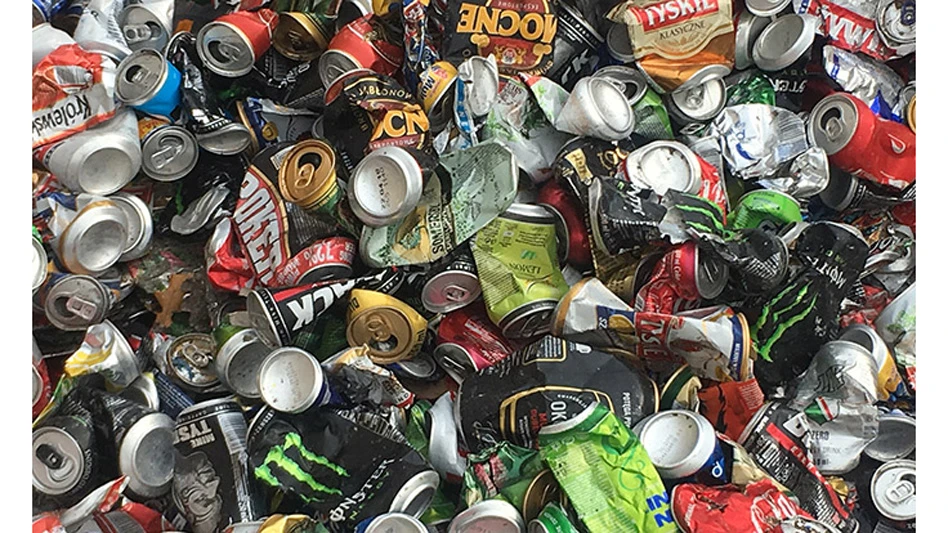
HalynaRom | stock.adobe.com
The California Retailers Association, the American Apparel & Footwear Association and the National Retail Federation have signed a memorandum of understanding (MOU) to jointly establish an independent, 501(c)3 producer responsibility organization (PRO) dedicated to ensuring that apparel and textiles are diverted from landfills. The newly formed organization says it will collect, repair, reuse and recycle materials after use in compliance with California’s extended producer responsibility (EPR) law for textiles, the first of its kind in the U.S.
Signed into law in 2024, California’s Senate Bill (S.B.) 707 requires producers and importers of textiles to take responsibility for end-of-life management by joining and funding a PRO. The PRO will develop and implement a plan to meet the requirements of the law, including the collection, transportation, repair, recycling and the safe and proper management of covered products. The California Department of Resources Recycling and Recovery (CalRecycle) must approve a PRO by March 1, 2026, following a Jan. 1, 2026, PRO application deadline.
RELATED: The impacts of the nation’s first textiles EPR law
“California’s groundbreaking S.B. 707 positions our state as a national leader in responsible textile management,” says Rachel Michelin, president of the California Retailers Association. “The California Retailers Association is proud to set the standard for innovation and collaboration in environmental sustainability. We are dedicated to guiding the implementation of this transformative law and to establishing a PRO that unites and empowers the wide array of producers selling textiles in California. Our commitment is to deliver real impact for our communities, our environment and the future of retail in California.”
The MOU formalizes the intent of the three associations to:
- Establish an independent, producer-led PRO to represent and ensure compliance of all producers of apparel and textile articles covered under S.B. 707;
- Collaborate effectively across the textile value chain, engaging and involving manufacturers, brands, retailers, collectors, sorters, recyclers, repair businesses and other parties that will drive innovation and maximize program impact; and
- Prepare the PRO to develop and implement an effective stewardship program that meets all requirements of the law and strengthens collection, repair, reuse and recycling infrastructure.
“This partnership signals our industry’s commitment to collaborate in support of a circular transition,” American Apparel & Footwear Association President and CEO Steve Lamar says. “By bringing together diverse stakeholders from across our industry supply chain, we are launching an inclusive organization that is right for the California market and regulatory environment, establishing California as the standard for similar approaches nationwide.”
“Our associations have a shared commitment to ensuring the success of S.B. 707,” says Stephanie Martz, chief administrative officer and legal counsel at the National Retail Federation. “Collectively, our members bring significant experience in PRO-building, EPR compliance and implementation to this effort. We look forward to working together to establish an organization that supports the entire producer community to meet the immediate needs in California and potential future needs if other states adopt similar approaches.”
The associations have begun the process of forming an independent 501(c)3 PRO to meet the requirements under S.B. 707 and prepare for the application process.
The associations say the PRO is expected to be operational in early 2026, with the initial focus on registering producers by July 1, 2026. It will conduct an initial statewide needs assessment to determine the necessary steps and investment needed to fulfill the law’s requirements and inform the program budget and plan.
Latest from Recycling Today
- ReMA urges open intra-North American scrap trade
- Axium awarded by regional organization
- China to introduce steel export quotas
- Thyssenkrupp idles capacity in Europe
- Phoenix Technologies closes Ohio rPET facility
- EPA selects 2 governments in Pennsylvania to receive recycling, waste grants
- NWRA Florida Chapter announces 2025 Legislative Champion Awards
- Goldman Sachs Research: Copper prices to decline in 2026





